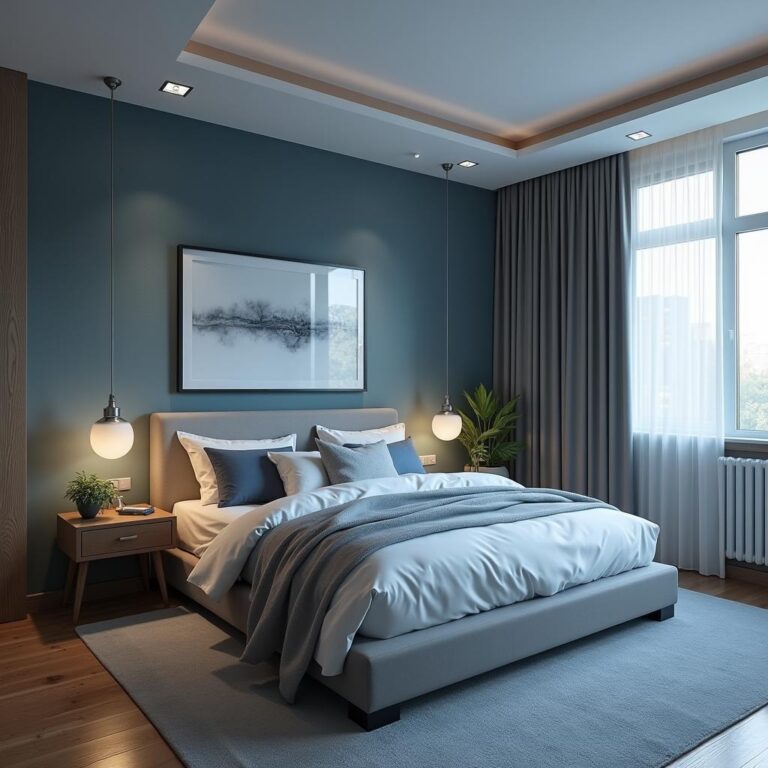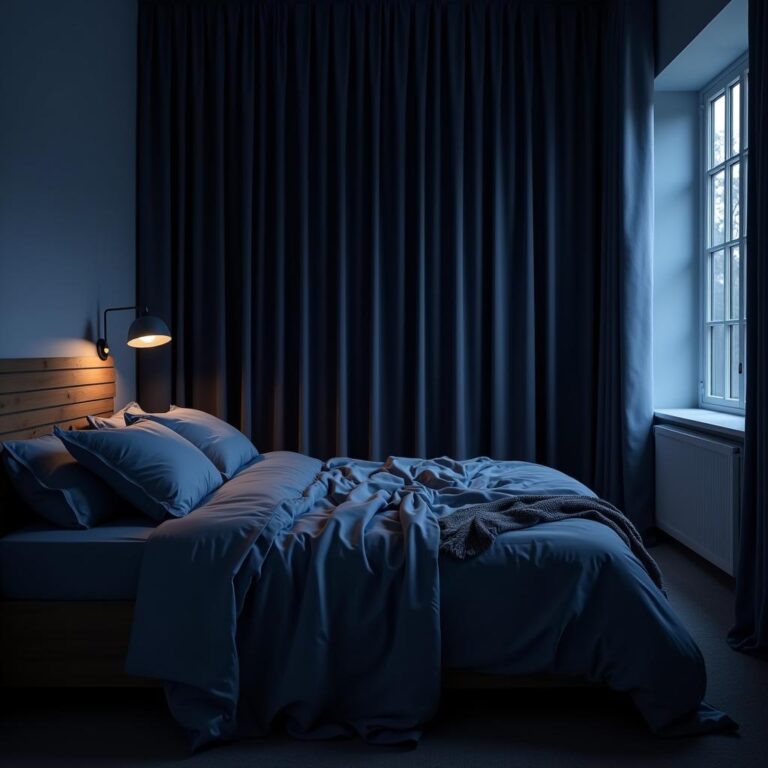Creating the perfect sleep environment is essential for achieving restful sleep and improving overall well-being. A well-optimized sleep space can enhance your sleep quality, making it easier to fall asleep and stay asleep throughout the night. In this article, we will explore various strategies to help you create the perfect sleep environment, ensuring you wake up refreshed and rejuvenated every morning.
Understanding the Importance of a Sleep Environment
Your sleeping environment significantly affects your ability to rest. Factors such as light, noise, temperature, and comfort all play crucial roles in promoting quality sleep. By understanding these elements and adjusting them to suit your needs, you can create an ideal setting for relaxation and rest.
1. Optimize Your Bedroom’s Lighting
Lighting is one of the most crucial factors in creating a sleep-friendly environment. Here are some tips to optimize your bedroom lighting:
- Minimize Light Pollution: Use blackout curtains to block out external light sources. This helps in keeping the room dark and aids in the production of melatonin, a hormone that regulates sleep.
- Use Warm Lighting: In the evenings, opt for warm-toned lights to create a cozy atmosphere. Avoid blue light from screens at least one hour before bedtime to allow your body to prepare for sleep.
- Consider Dimming Lights: Install dimmer switches or use lamps with adjustable brightness to help transition from day to night.
2. Control Noise Levels
External noise can disrupt your sleep cycle, making it essential to create a quiet environment. Here are strategies to reduce noise:
- Soundproofing: Consider adding soundproofing materials such as rugs, curtains, or wall panels to absorb sound.
- White Noise Machines: Use a white noise machine or app to mask disturbing sounds. The steady background noise can help you fall asleep faster and stay asleep longer.
- No Electronics: Reduce electronic noise from appliances and devices. Turn off any unnecessary electronics before bedtime to minimize distractions.
3. Set the Right Temperature
Temperature plays a vital role in achieving quality sleep. Find your ideal sleeping temperature, which is typically between 60 and 67 degrees Fahrenheit. Here’s how to create a comfortable temperature:
- Use Fans or Air Conditioning: Utilize fans or air conditioning units to regulate room temperature during warm months.
- Heaters or Warm Blankets: In colder months, use heaters or warm blankets to maintain comfort without overheating.
- Sleep in Lightweight Fabrics: Choose breathable sleepwear and bedding to help your body temperature regulate naturally.
4. Invest in Comfortable Bedding
Your mattress and bedding material can make a significant difference in your sleep experience. Here are considerations for selecting the right bedding:
- Quality Mattress: Invest in a high-quality mattress that suits your sleeping position, whether you’re a side sleeper, back sleeper, or stomach sleeper.
- Supportive Pillows: Choose pillows that provide adequate support to your neck and head, aligning your spine properly.
- Comfortable Sheets: Select sheets made from breathable fabrics, such as cotton or linen, to enhance comfort throughout the night.
5. Incorporate Calming Colors and Décor
The visual aesthetic of your bedroom can affect your mood and relaxation levels. Here are tips for choosing the right colors and décor:
- Choose Soothing Colors: Paint your walls with calming colors like soft blues, greens, or muted neutrals. These colors can create a serene atmosphere.
- Minimalistic Décor: Keep the décor minimal to avoid visual clutter. A clean, organized space promotes relaxation and aids in unwinding.
- Add Personal Touches: Incorporate items that make you feel comfortable and happy, such as plants, artwork, or personal photos, to create a welcoming environment.
6. Keep Your Sleep Space Clean and Clutter-Free
A clean and organized bedroom is crucial to a relaxing sleep environment. Here are some tips to maintain cleanliness:
- Regular Cleaning: Dust and vacuum your bedroom regularly to eliminate allergens and create a fresh space.
- Declutter Regularly: Remove any unnecessary items from your bedroom that may cause distractions or stress.
- Organize Your Nightstand: Keep your nightstand tidy to reduce distractions before bedtime. Limit it to essential items, such as a lamp, a clock, or a book.
7. Limit Exposure to Screens Before Bedtime
Screen time is known to interfere with sleep patterns due to blue light exposure. Here are ways to reduce screen usage:
- Create a Tech-Free Zone: Establish a “no electronics” rule in the bedroom. Keep devices like smartphones and laptops in another room.
- Establish a Relaxation Routine: Develop a calming pre-sleep routine that doesn’t involve screens, such as reading, meditating, or practicing gentle yoga.
- Set Specific Screen Time Limits: If you must use screens, limit usage to earlier in the evening to allow your body to wind down.
8. Promote a Relaxing Atmosphere
Creating an atmosphere conducive to relaxation can enhance your sleep quality. Below are some suggestions:
- Use Aromatherapy: Incorporate essential oils like lavender or chamomile in a diffuser to create a calming aroma that promotes relaxation.
- Gentle Sounds: Play soft music or nature sounds to help soothe your mind before sleep.
- Temperature Control: Use cooling or heating blankets that adjust your body temperature throughout the night according to your comfort level.
Conclusion
Creating the perfect sleep environment is not just about the physical space; it also involves physical, mental, and emotional preparation for sleep. By optimizing your bedroom lighting, controlling noise levels, setting the right temperature, investing in comfortable bedding, and promoting a relaxing atmosphere, you equip yourself with the right tools to achieve restorative sleep. Implementing these strategies can help ensure that you create a sanctuary for rest, allowing you to wake up feeling fully refreshed and ready to face the day ahead. Start making these adjustments today and experience the transformation in your sleep quality!







